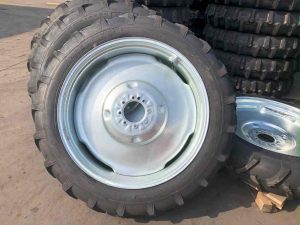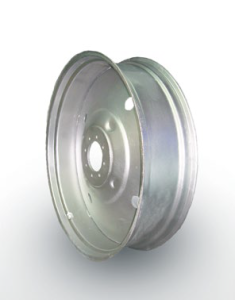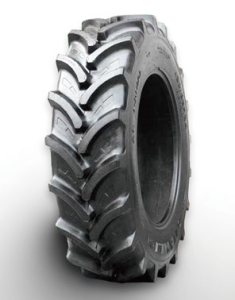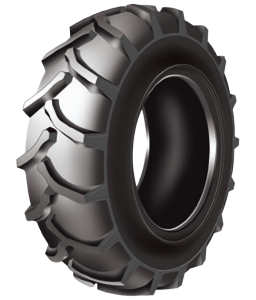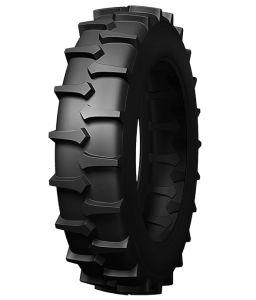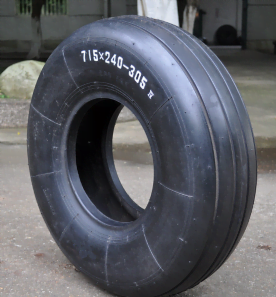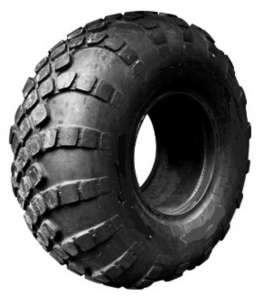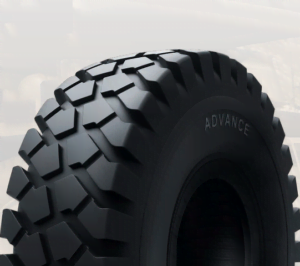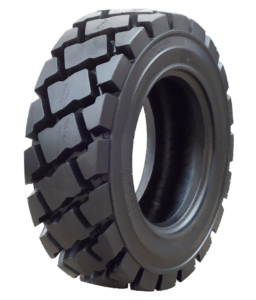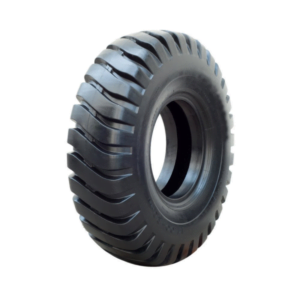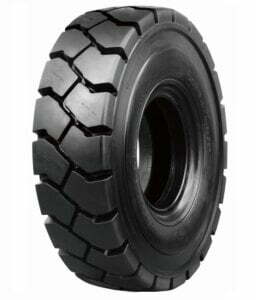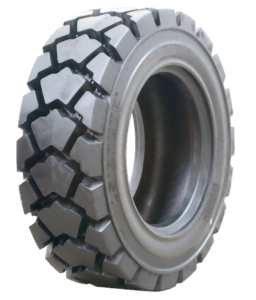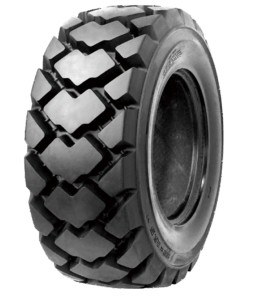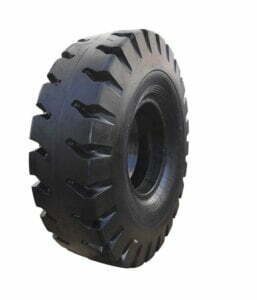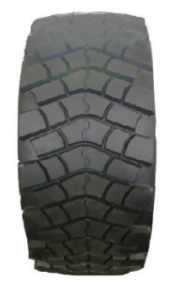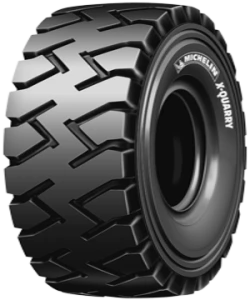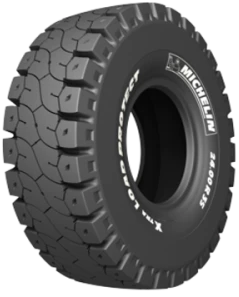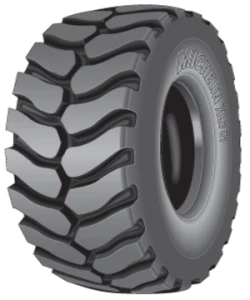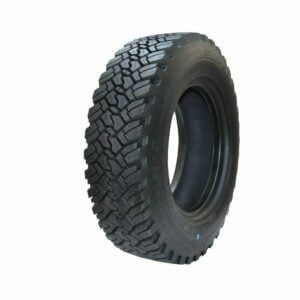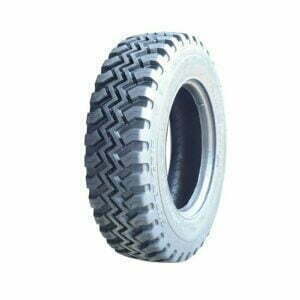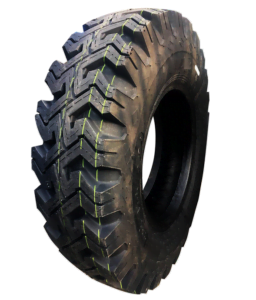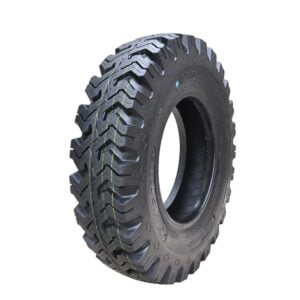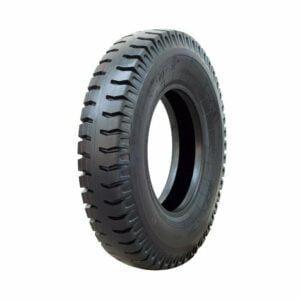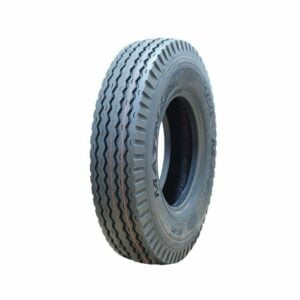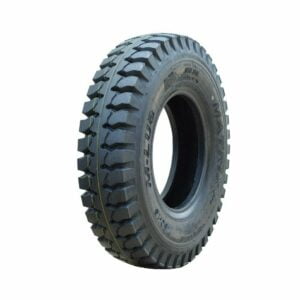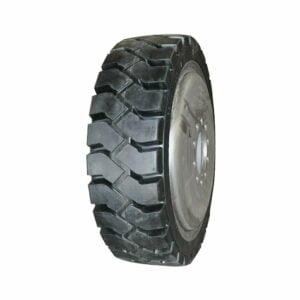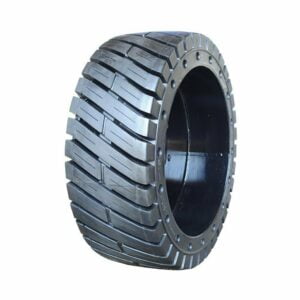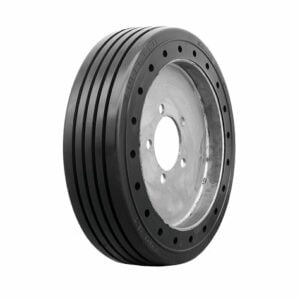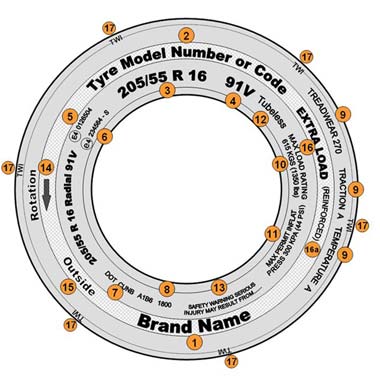
01 Brand of the tire – e.g. TNR.
02 Tire pattern.
03 Tire size.
04 Service description – in this example the figure 91 denotes the maximum weight capacity of the tire according to the official load index table, which translates to 615 Kg, The letter V indicates the speed rating of the tire, in this case the tire suitable for cars capable of reaching a maximum vehicle speed of 149.1 mph.
05 ECE (Economic Commission for Europe) Regulation 30 Conformity Approval Number – which means that the tire meets the standards of the European Regulatory Authorities.
06 EEC Noise Approval Number, which means that the noise generated by the tire is within approved European limits.
07 DOT Number – USA Department of Transport manufacturer’s code.
08 Date of manufacture. This is important as the age of a tire can affect its performance. The first 2 numbers refer to the week and the 3rd and 4th numbers refer to the year.
09 USA UTQG (Uniform Tire Quality Grade) ratings.
10 USA maximum tire loading.
11 USA maximum tire inflation pressure.
12 Denotes tubeless type, the other types of the tires will be tube type and solid tire.
13 Safety warning refers to the dangers of under-inflation/overloading and the mounting of tires together with the risk of severe over – inflation.
14 Direction of rotation which relates to directional tires only.
15 Outer/inner sidewall refers to the mounting of asymmetric tires only. These tires have different tread patterns on their inner and outer sides, offering improved performance, and must be fitted correctly.
16 Extra load version if applicable.
17 TWI indicates the location of the tread wear indicators, which are raised areas at the base of the tread to serve as a visual warning that the tire is approaching or at the minimum legal tread depth.

